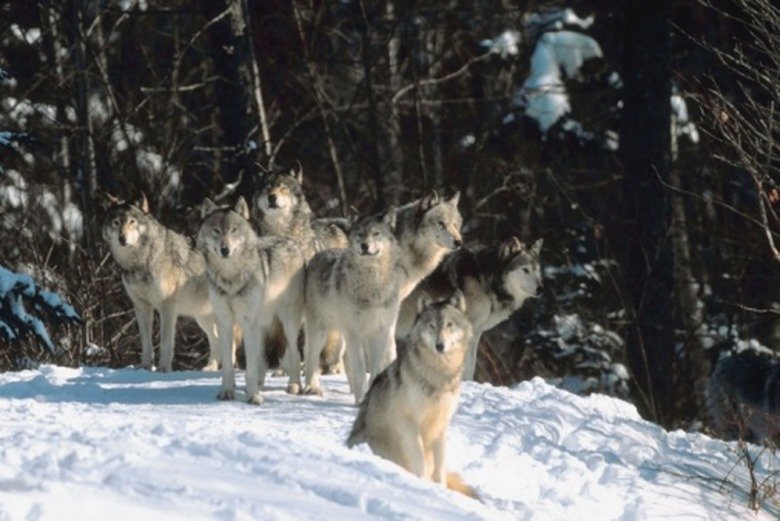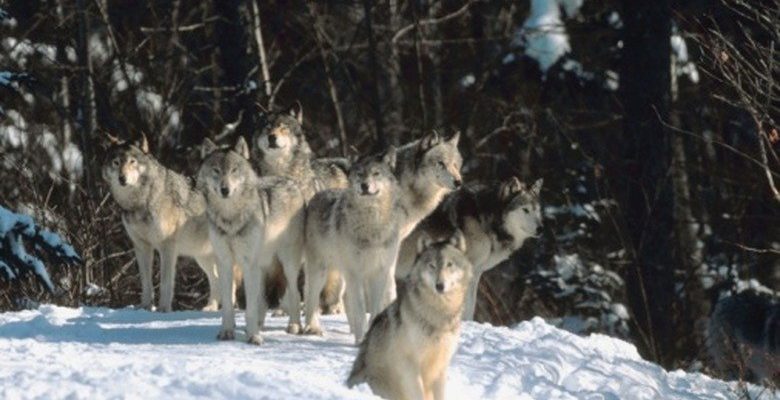
When we talk about wolf worms, we’re diving into a unique ecological topic. They’re not just random insects; their life cycles and activities can tell us a lot about the health and changes in different environments. So, let’s dig deeper into how climate affects these fascinating creatures and their behavior throughout the year.
Understanding Wolf Worms
Before we get into the nitty-gritty of seasonality, let’s clarify what wolf worms are. These larvae belong to the moth family and are often found in the wild, especially in regions with ample greenery. Adult wolf moths are known for their striking looks, but it’s the larvae that we refer to as wolf worms. They are often found munching on leaves, a vital part of their growth cycle.
Wolf worms typically emerge during the late spring to early summer, depending on their specific habitat. But what’s interesting is how their behavior and life cycle change based on climate. In warmer areas, they might hatch earlier in the year and have longer active periods, while in cooler regions, their growth could slow down considerably, sometimes going dormant during the harsh winter months.
In essence, these little creatures give us insights into the ecological health of their environment. When we see a flourishing population of wolf worms, it often signals a healthy ecosystem.
Wolf Worm Seasonality in Warm Climates
In warmer climates, like parts of the southern U.S. or regions closer to the equator, wolf worms have a tendency to emerge earlier in the year. This happens as soon as the temperatures rise and food sources are plentiful. In these environments, you might find them hatching as early as March, thriving in the comfortable warmth.
The longer growing season allows these larvae to grow more quickly. With ample food sources, they can grow from tiny eggs into fully developed worms in just a few weeks. It’s like a buffet spread—they take full advantage of the resources available to them.
This seasonal behavior impacts not just the wolf worms themselves but also the predators that rely on them for food. Birds and other animals might synchronize their breeding schedules with the hatching of wolf worms. So, when wolf worms are plentiful, you might notice an uptick in certain bird populations in these warmer areas!
Wolf Worm Seasonality in Temperate Climates
Now, let’s shift gears and talk about temperate climates, such as many parts of Europe or the northern U.S. Here, the life of a wolf worm is a bit more complicated. The seasons are distinct; you have cold winters and warm summers, which means their life cycle adapts to these changes.
In these regions, wolf worms typically emerge later in the spring, around May, when the temperatures are more stable, and the threat of frost has passed. The growing season is shorter, which means the worms have to make the most of the warmer months. They’ll often feed and grow quickly to reach maturity before the cold sets in again.
Here’s the catch: sometimes, wolf worms can enter a state of dormancy during particularly harsh winters. This survival strategy allows them to withstand cold temperatures, much like how bears hibernate. They’ll remain in a dormant state, waiting for the warmth of spring to coax them back to life.
Wolf Worm Seasonality in Cold Climates
In cold climates, like those found in Canada or northern parts of the U.S., the story takes a different turn altogether. Wolf worms have adapted to survive in these harsher conditions, but their life cycle is significantly affected by the cold.
Typically, these larvae won’t emerge until later in the summer, around June or even July. The extended winter means a long period of dormancy, which can stretch for many months. Even when they do hatch, their growth rate can slow significantly due to cooler temperatures.
One fascinating aspect of wolf worms in cold climates is their ability to tolerate extremely low temperatures. They can survive freezing conditions by entering a state similar to freeze tolerance. This unique adaptation allows them to emerge as soon as conditions are favorable, rather than waiting for a full growing season.
Impact of Climate Change on Wolf Worm Seasonality
With ongoing climate change, the behaviors and life cycles of wolf worms are also shifting. As temperatures rise, we’re starting to see changes in when these larvae emerge and how long they remain active.
For instance, in warmer regions, wolf worms may start to hatch earlier in the year, taking advantage of the extended warm seasons. However, this could lead to mismatches in timing with their food sources, potentially affecting their populations in the long run.
Conversely, colder climates could see wolf worms struggling with the unpredictability of their environment. More erratic weather patterns can disrupt their dormancy cycles and impact their ability to survive through the winter.
You might be wondering why this matters. Well, changes in wolf worm populations can ripple through entire ecosystems. They are a food source for various species, and if their life cycles are disturbed, it could mean trouble for those critters that rely on them.
In the grand tapestry of nature, every thread matters—even the wolf worm. Understanding their seasonality across different climates gives us a deeper appreciation of their role in the ecosystem. It also highlights the complexities of life cycles and the delicate balances that exist.
So, next time you’re out and about in nature, think about those tiny, wriggling worm-like creatures. They might just be heralding the changing seasons, adapting to their climates, and contributing to the beautiful chaos of the natural world. By keeping an eye on these subtle shifts, we can learn more about the health of our ecosystems and what we might need to do to protect them. Nature has a way of revealing its wonders, one worm at a time!

